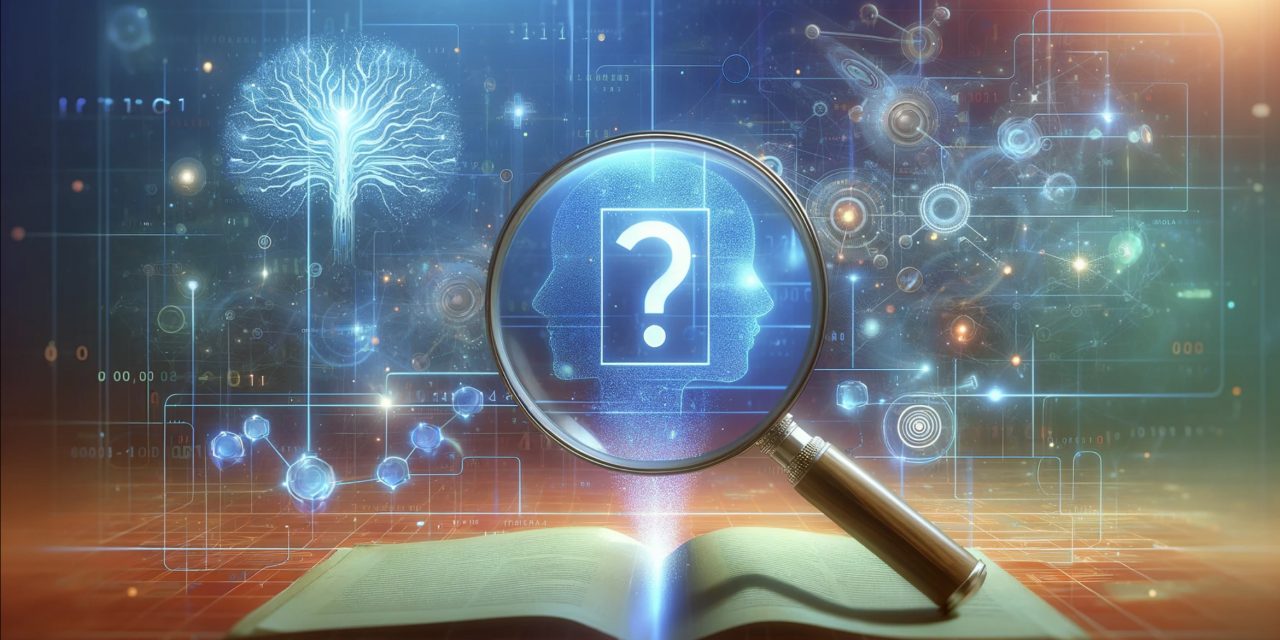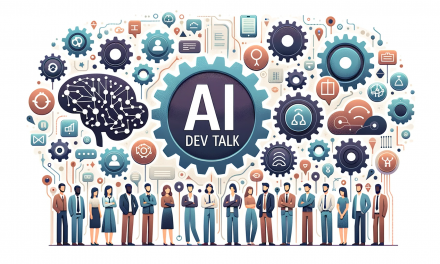Introduction
In today’s world, where information is as omnipresent as the air we breathe, discerning fact from fiction presents a unique challenge. The emergence of advanced Artificial Intelligence (AI) technologies has transformed the landscape of information dissemination, creating a fusion of reality and digital creation. This blog post explores the complex interplay between AI-generated content, human trust, and the positive potentials of this technological evolution.
AI’s Transformative Role in Information Dissemination
AI has dramatically reshaped the way we interact with and consume information. It’s not just about the potential pitfalls of misinformation; AI also brings unprecedented opportunities for enhancing our access to knowledge. AI’s ability to process and generate content has personalized and enriched our digital experience, bringing us closer to a world where information is tailored to our unique interests and needs.
The capabilities of AI extend beyond merely creating content; they involve redefining it. Imagine AI not as a tool for misinformation, but as a powerful ally in contextualizing and enhancing genuine content. In this light, AI is a collaborator in the creative process, offering new perspectives and augmenting human creativity.
Moreover, AI’s role in social media and digital platforms isn’t solely about the propagation of misinformation. It’s about harnessing these algorithms to highlight diverse viewpoints, counteract echo chambers, and promote a more balanced and inclusive information landscape.
In harnessing AI, we unlock a world where content is not just created but is intelligently curated, aligning with our evolving preferences and contributing positively to our digital experience.
Understanding Human Psychology in the Digital Age
Our inclination to trust information that aligns with our beliefs, a phenomenon known as ‘confirmation bias,’ is a natural aspect of human cognition. Rather than viewing this as a vulnerability, we can see it as a starting point for better AI design – AI that recognizes these biases and offers a more balanced view.
In considering the role of AI in the context of political narratives, such as those during Donald Trump’s presidency, we see a powerful tool that, if harnessed correctly, could offer a multifaceted perspective, breaking down barriers of misinformation and fostering a more informed public.
AI, thus, can be seen as an ally in addressing the challenges posed by confirmation bias and echo chambers. It can be programmed to present us with information that broadens our horizons and challenges our preconceptions, thereby enriching our understanding of the world.
The Evolution of AI-Generated Content
The advent of AI-generated content, including deepfakes and synthetic media, marks a significant milestone in the field of technology. These developments, while often viewed under a lens of skepticism, also signify the remarkable capabilities of AI in mirroring human creativity and expression.
Deepfakes, for instance, showcase the potential of AI in artistic and educational realms. They can be used for creative storytelling, historical reenactments, or even bringing educational content to life in ways previously unimaginable.
The creation of synthetic media opens new avenues for content generation that can revolutionize journalism, entertainment, and education. AI’s ability to generate realistic content pushes the boundaries of traditional content creation, offering new tools for storytelling and information sharing.
AI’s potential in microtargeting and personalized content delivery, when used ethically, can lead to a more engaging and relevant information experience for users. This tailored approach can transform how we consume news, learn new subjects, and connect with stories that matter to us.
Redefining Detection: AI and Human Synergy
As AI-generated content becomes more sophisticated, so too do our methods for distinguishing it from human-created content. This challenge is an opportunity for innovation – a call to develop more advanced AI algorithms dedicated to identifying and verifying the authenticity of digital content.
In this pursuit, we combine the precision of technology with the nuanced understanding of human experts. Digital forensics, machine learning detectors, and expert analysis form a collaborative framework, ensuring the reliability and integrity of the information we consume.
This synergy between AI and human expertise exemplifies a future where technology and human insight work hand in hand, enhancing our ability to navigate the vast digital landscape with confidence and discernment.
Conclusion
The journey through our digitally enriched world underscores the importance of understanding and leveraging AI’s role in information dissemination. As we embrace AI’s potential, we must also stay vigilant and informed, recognizing our responsibility to use this technology wisely and ethically. In doing so, we not only safeguard our understanding of the world but also contribute positively to the evolving narrative of our society.



